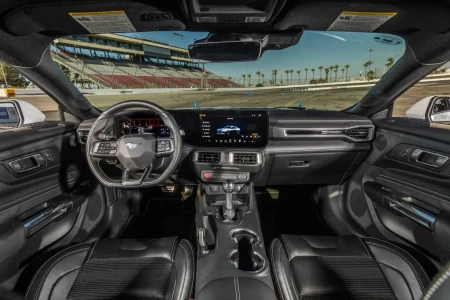Skiing is a thrilling winter sport that requires skill and poses challenges. To ensure a good skiing experience in the snow, it is crucial to choose the right skiing equipment. The following provides a detailed introduction to common ski equipment.
1. Skis
There are two common types of skis: snowboarding skis and double-board drift skis. Snow track skis have a wide front and back end, making them easy to control and ideal for beginners.
On the other hand, double-board drift skis have an innovative design that allows experienced skiers to perform various difficult movements by controlling their body's center of gravity. When selecting skis, consider your height, weight, and skiing level to ensure proper control and glide.
2. Ski boots
Ski boots connect the skis to the feet and provide support and protection for the skier's ankles, knees, and other joints.
Choosing the right ski boots is essential for comfort and confidence. There are hard boots and soft boots.
Hard boots are suitable for fast and strong skiers due to their stability and control, while soft boots are more comfortable and flexible, making them suitable for beginners or intermediate skiers. Consider foot size, width, flex, and personal skiing style when purchasing ski boots.
3. Ski bindings
Accidents and falls can occur during skiing, so wearing appropriate protective gear is important. Common ski protective gear includes helmets, wrist guards, knee pads, hip pads, and more.
Helmets are essential as they protect the head, and wrist guards, knee pads, and hip pads reduce body damage, particularly during falls. Helmets and elbow pads are basic protective gear that helps minimize the risk of head and wrist injuries and enhances the skier's sense of security.
4. Ski goggles
In snowy conditions, strong reflections and intense sunlight can impair vision, making it necessary to wear proper ski goggles.
Ski goggles reduce eye irritation from the sun, wind, snow, dust, and other substances, providing a clearer view and enhancing safety and confidence while skiing. When buying ski goggles, consider lens color and anti-fog features that adapt to different weather conditions.
Anti-fog lenses prevent fogging caused by temperature changes. Also, consider lens quality and UV protection to safeguard the eyes.
5. Skiwear
Skiwear should have snowproof, windproof, warmth, and ventilation features to ensure comfort in cold environments.
Additionally, consider material quality and abrasion resistance. Multi-layer skiwear is designed to adjust to weather conditions and individual needs, typically consisting of four layers: moisture-wicking inner layer, insulating middle layer, and waterproof and windproof outer layer.
The color, style, and functionality of skiwear should also be considered to make it personalized and practical.
Choosing the right ski equipment ensures safety, comfort, and optimal performance during skiing. Consider your skiing skills, snow conditions, and personal preferences when selecting equipment to enhance your skiing experience while ensuring safety.
Skiing is not only a thrilling sport but also a fantastic way to enjoy the winter season. By investing in proper ski equipment and gear, you can make the most of your time on the slopes and have an unforgettable skiing experience. Remember to always prioritize safety, follow ski resort rules, and enjoy the exhilarating adventure that skiing offers.


